‘Just beneath the surface there’s another world’: How David Lynch used hair and make-up to create his singular universe
From Blue Velvet and Mulholland Drive to Twin Peaks, David Lynch used hair and make-up in his films as a narrative device, writes Laura Havlin
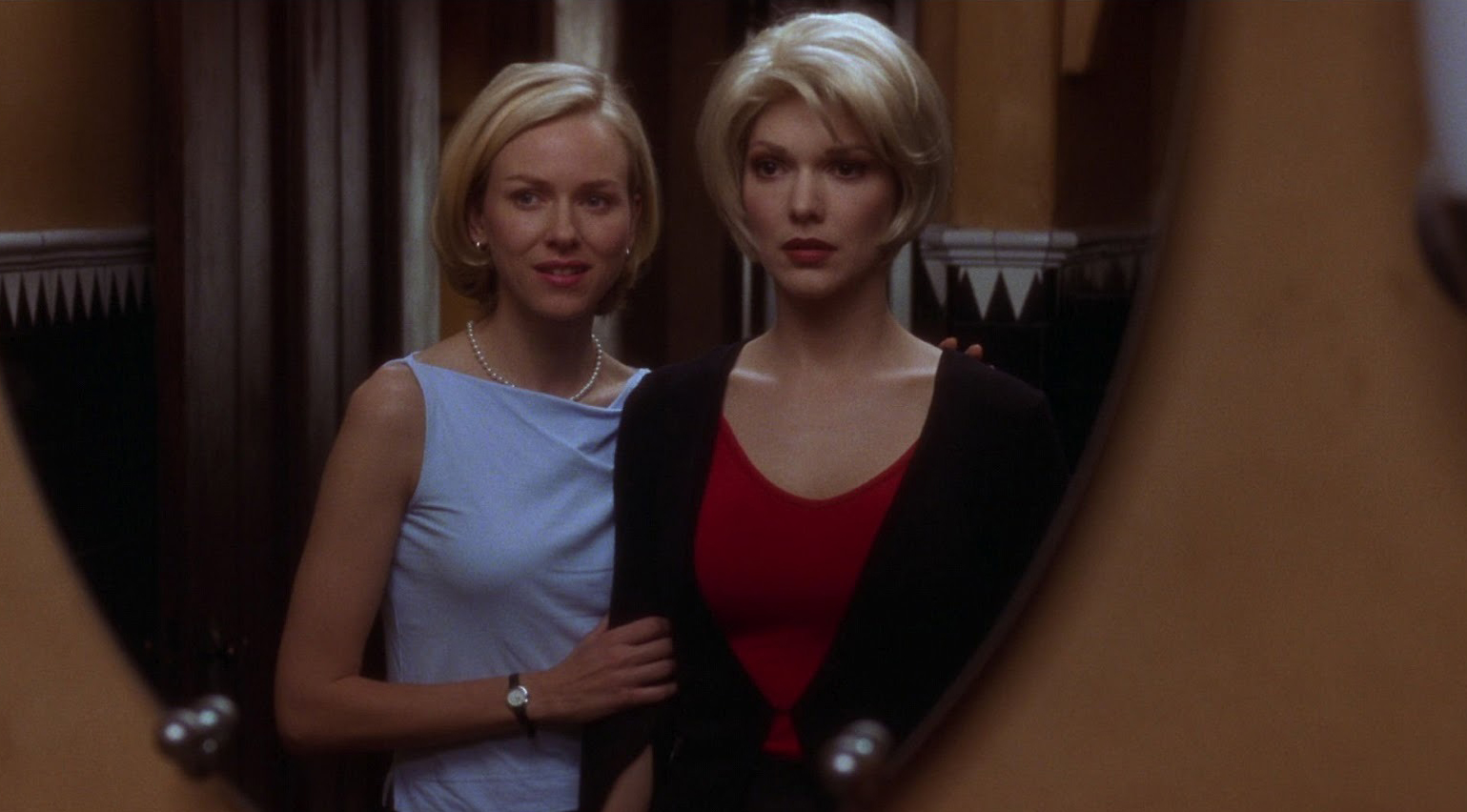
In David Lynch’s Blue Velvet (1986) Bobby Vinton’s voice croons: ‘She wore blue velvet, bluer than velvet were her eyes’, while a dog skips around a man lying on the ground, still holding onto his garden hose, and suffering an apparent cardiac event. It signals that all is not well behind the white picket fence and forewarns of the dangerous lure of the colour blue. It’s a shade that crops up again and again throughout the unsettling 120-minute-long film, including on the eyelids of its leading lady Isabella Rossellini, playing the beautiful lounge singer Dorothy Vallens.
‘When I read the script, there was a description of Dorothy with red lips, and I thought the blue tied in nicely with Blue Velvet – which also transcended into her clothes and blue velvet robe,’ said make-up designer for the film Jeff Goodwin in a 2015 interview with Lisa Eldridge. Goodwin explains that he had to mix various shades of lipstick and eyeshadow to achieve ‘the exact tones’ he was after, including two eyeshadows from Lancômeand one from La Femme Cosmetics, a brand that has supplied products to Hollywood since 1950). Goodwin had done just one make-up test when David Lynch told him that he’d nailed the look. (He’d based Dorothy Vallens’ make-up on another Lynch character from his 1977 feature-length debut Eraserhead, known as the ‘Beautiful Girl Across the Hall’).
How the use of make-up enhanced David Lynch's storytelling
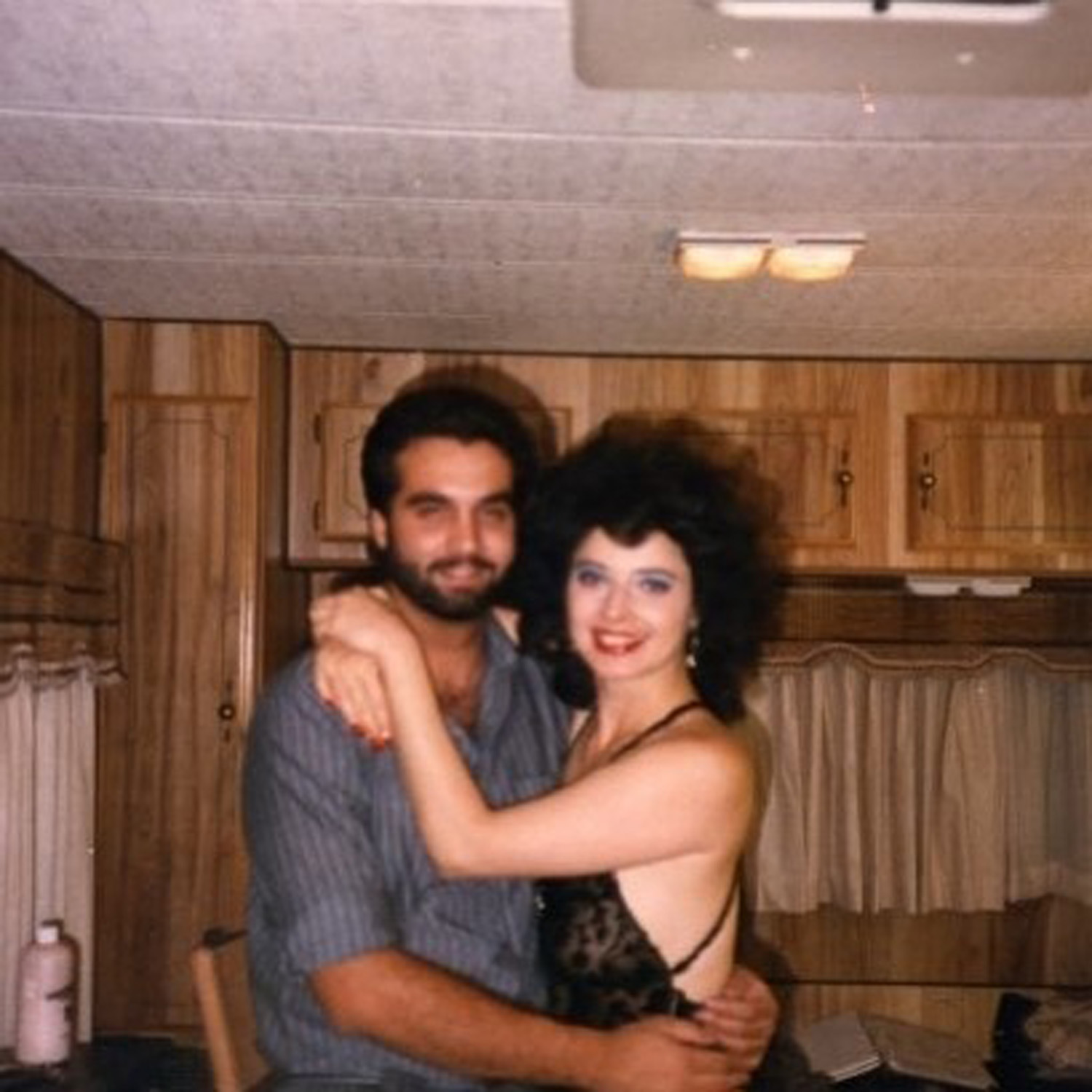
Make-up artist Jeff Goodwin with Isabella Rossellini on the set of Blue Velvet
Vallens’ make-up channels a mature glamour and sophistication that sits at odds with Laura Dern’s blonde-haired and rosy-cheeked girl-next-door Sandy. The ‘brunette-blonde’ dynamic is a recurring theme throughout Lynch’s work, as are doppelgangers and duplicates, with make-up and wigs the conduit for the slipstream into new identities. Patricia Arquette demonstrates both of these Lynchian tropes in Lost Highway (1997), playing both Renee Madison and Alice Wakefield. Debbie Zoller, the make-up artist working with Arquette, responded to a fan’s enquiry via an Instagram comment, asking how she achieved ‘blonde Patricia’s’ frosty metallic look. Zoller’s reply says that she recalls products from Mac and Stila being in her possession.
Zoller would later go on to shapeshift Kyle MacLachlan, reprising the role of Agent Cooper, into the detective’s ‘dark’ doppelganger Mr C in Twin Peaks: The Return (2017), experimenting with fake tan, teeth staining and black contact lenses. MacLachlan said that Mr C’s hair, devised by Clare M. Corsick, reminded him of the wig worn by Javier Bardem as Anton Chigurh in the Coen Brothers’ No Country for Old Men (2007).
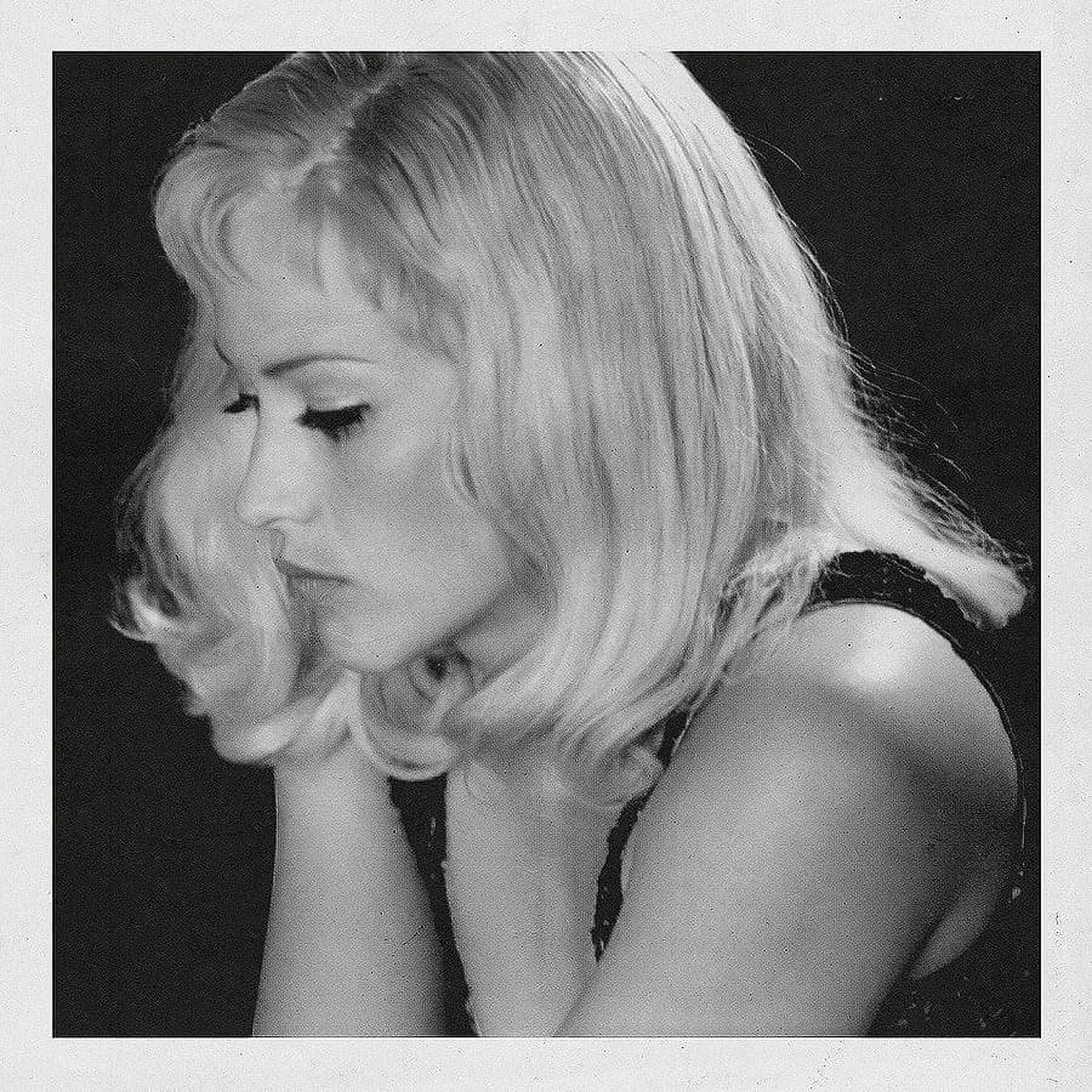
Patricia Arquette in Lost Highway (1997) with make-up by Debbie Zoller
‘You look like someone else,’ Naomi Watts’ Betty tells Laura Harring’s Rita in Mulholland Drive (2001), as Rita dons a blonde wig with a striking resemblance to Betty’s hairdo; an attempt at disguise as she hides herself from those she believes are looking to hunt her down. A short while later, it is revealed that both of them are someone else: Betty is no longer the sweet and naive aspiring ingenue, nor is Rita deeply wounded; but down-on-her-luck Diane and it-girl actress Camille, respectively.
Even when wigs are merely referenced, they reveal as much as they might conceal. ‘My friend Niko who lives in Pomona has a blonde wig. She wears it at parties but she is on hard drugs and turning tricks now,’ says one of the characters living on the streets in Inland Empire (2006), as Laura Dern’s Nikki Grace lays bleeding beside them. This scene turns out to be taking place on a movie set, the cameras panning back to show a film crew.
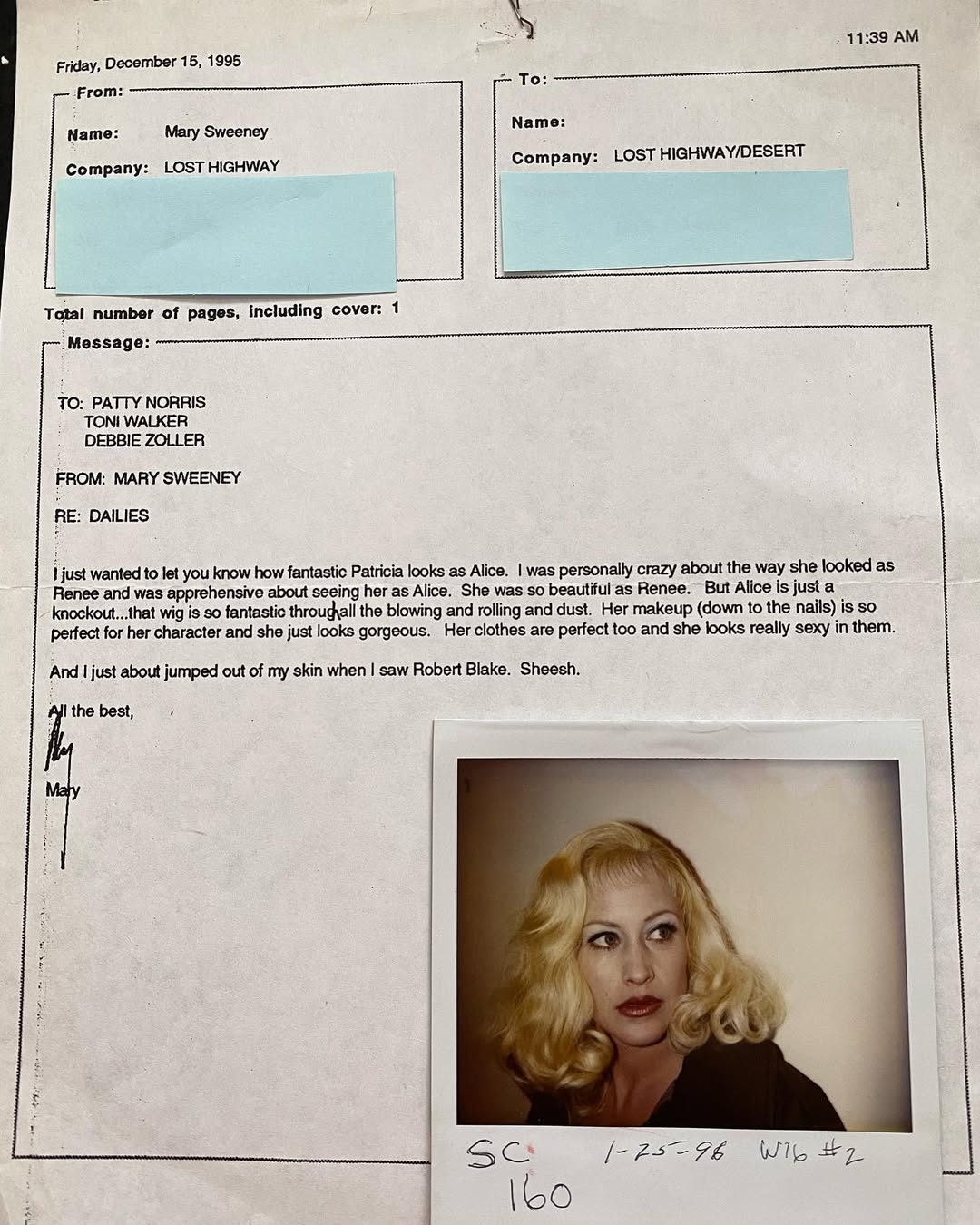
An email to make-up artist Debbie Zoller about her work with David Lynch and Patricia Arquette on Lost Highway (1997)
A ‘movie within a movie’ is another cinematic motif that David Lynch used repeatedly throughout the universe he created, where things are never what they seem. The aesthetics of ‘glamour’ very often act as a smokescreen, concealing something sinister. ‘I learned that just beneath the surface there’s another world, and still different worlds as you dig deeper,’ he once said. ‘I knew it as a kid, but I couldn’t find the proof. It was just a kind of feeling. There is goodness in blue skies and flowers, but another force – a wild pain and decay – also accompanies everything.’
Receive our daily digest of inspiration, escapism and design stories from around the world direct to your inbox.
And while darkness often lurks beneath a lacquered veneer in Lynch’s work – just as the pristine roses and white picket fences of Blue Velvet obscure the often disturbing nature of American suburbia – make-up becomes a demonstrative device for a character’s innermost turmoil bubbling to the surface, becoming writ large across the faces of Lynch’s cast members. When Marietta, played by Diane Ladd in Wild at Heart (1990), compulsively covers her body in red lipstick – starting at the wrist in a gesture of self-injury before turning glistening red all over her face, neck and hand – her guilt becomes emotively visible. Musician Sky Sky Ferreira’s appearance as the troubled Ella in Twin Peaks: The Return sees her with smudged panda eyes and covered in sores and scratches – a visual manifestation of what we discover is a chaotic home life.
A photo posted by on
It’s the moments of sheer terror in the work of David Lynch where make-up, and particularly the use of practical effects and prosthetics, come into their own. The confronting, nightmarish moment when ‘The Bum’ in Mulholland Drive appears during the infamous diner scene, is made all the scarier via the use of real dirt, moss, oatmeal and steel wool. ‘They said I was going to be a character called The Bum, and it was going to be a bunch of special effects,’ actor Bonnie Aarons who played the role told Vulture in 2014. ‘They were gonna make a mask, but [Lynch] says, “No! I don’t want any of that. I want to see every bone structure, I want to see the green eyes.” So he had them put it [dirt, moss, oatmeal and steel wool] on with a tweezer. It took over 12 hours.’
Here, Aarons was also asked whether Lynch directed her to pull different expressions for different takes. But, she explained to Vulture, what you see in the final cut is her swooning over Lynch. ‘I did a couple [takes], and he’s sitting there with me, and he says, “No. Nothing like that at all.” And, ya know, David Lynch is hot, and I’m looking at him all dreamy-eyed, and he says to me, ‘That’s it: the look, Bonnie!”’.
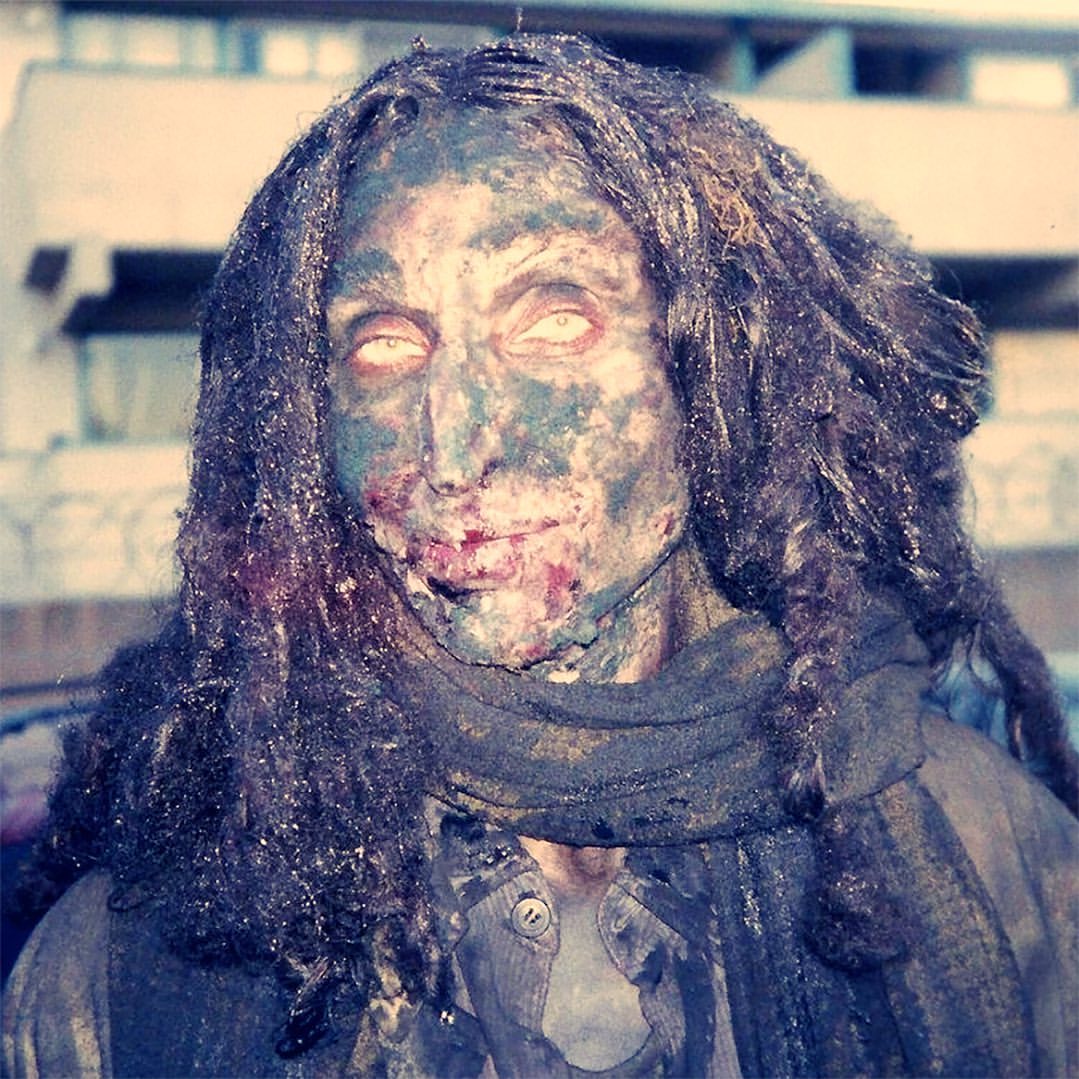
Bonnie Aarons as ‘The Bum’ in Mulholland Drive (2001)
The way Lynch infused such a character with humanity – and love, even – echoes the message of The Elephant Man (1980), the story of real-life artist Joseph Merrick, played by John Hurt. Where people are both fascinated and frightened by Merrick’s appearance, audiences are confronted with the actions of those who treat him poorly, who won’t see him as he cries out to be seen: ‘I am not an elephant! I am not an animal! I am a human being! I am a man!’ While The Elephant Man received eight Oscar nominations, there was outrage at the fact the prosthetic design by make-up lead Christopher Tucker (based on casts of Merrick’s body) had not been recognised. As a result, a new Academy Award category for Best Make-Up was instated at the following award ceremony in 1981.
Jeff Goodwin also recalled creating the prosthetic severed ear for Blue Velvet in his conversation with Lisa Eldridge, using silicone to make the ear look like it was ‘wiggling’ and even glueing some of David Lynch’s actual hair to the prop. ‘Barbara Page, the hair stylist on the film, gave David a haircut in his trailer and I swept it up and used a little bit for the ear (without telling him),’ he said.
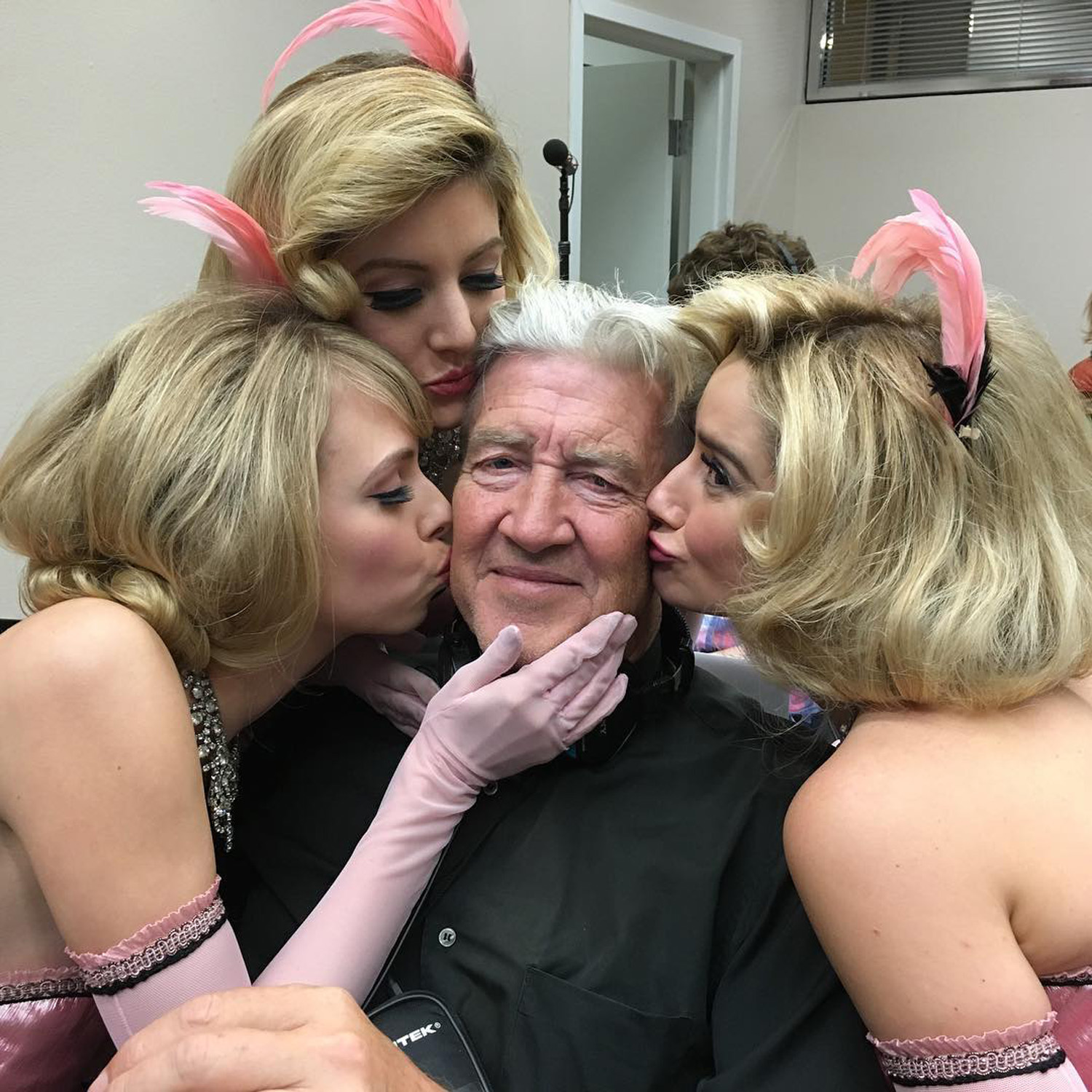
David Lynch on the set of Twin Peaks: The Return (2017) by make-up artist Debbie Zoller
The make-up artist attests to the camaraderie that Lynch was notorious for fostering on set. ‘David and I called it Mr Ear and we really treated the ear like a character in the film, because it’s so key to the storyline,’ he continued. After the director’s passing last week (15 January 2025) Goodwin shared a tribute to his Instagram account: ‘Cinema lost one of the greatest artists today. Rest well David. You were my favorite [sic] director that I had the privilege to work with.’ A sentiment that seems universally shared by those who met him and even those who didn’t.
A photo posted by on
Laura Havlin is an editor, writer and strategist specialising in visual culture. Previously Head of Content at D&AD, and Senior Editor at Magnum Photos, she is now working independently on creative projects in culture and photography.
-
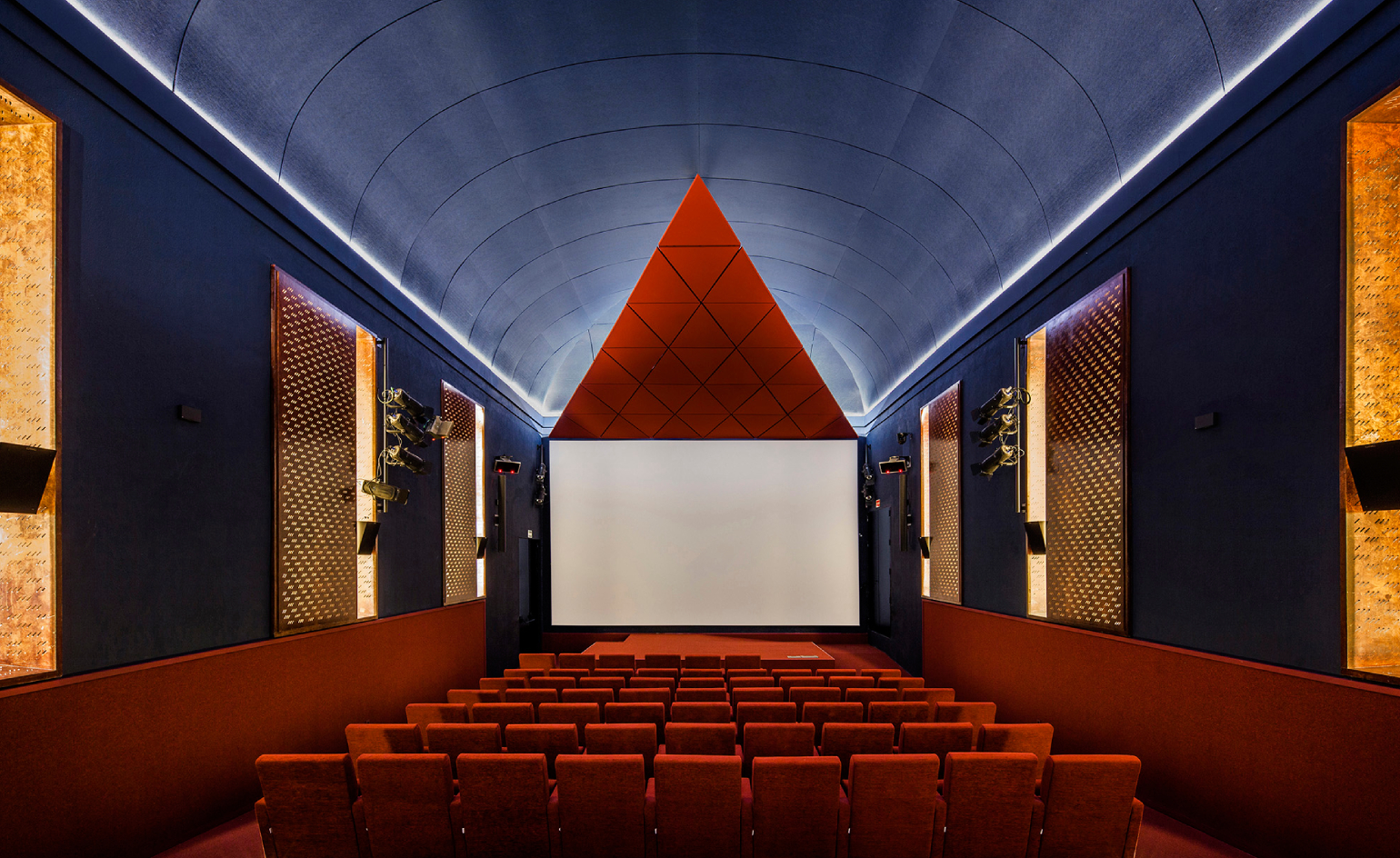 A striking new cinema glows inside Madrid’s Reina Sofia Museum
A striking new cinema glows inside Madrid’s Reina Sofia MuseumBarcelona-based studio Bach reimagines a historic auditorium as a crimson-and-blue dreamscape
-
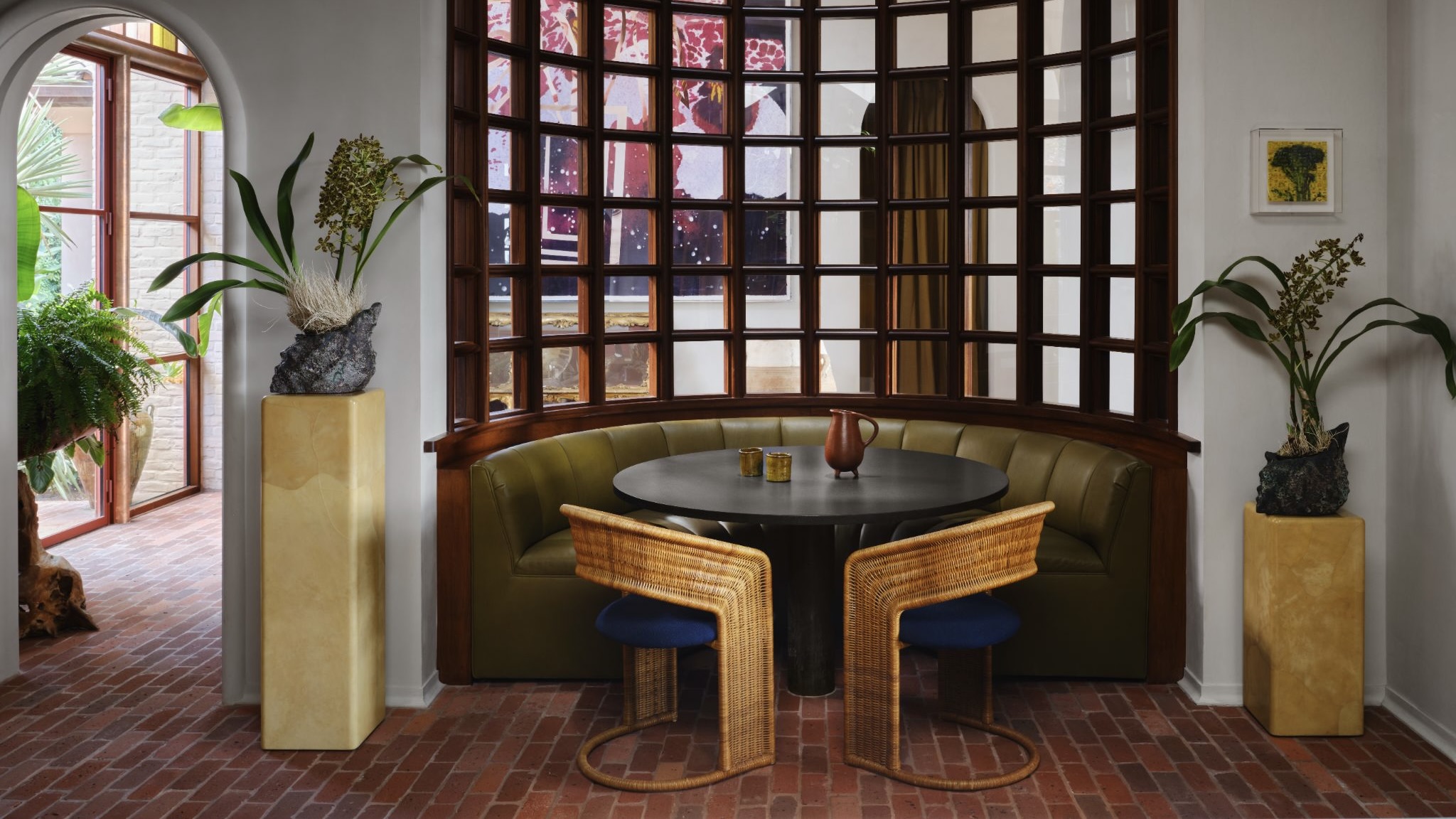 How an Austin home went from 'Texan Tuscan' to a lush, layered escape inspired by the Alhambra
How an Austin home went from 'Texan Tuscan' to a lush, layered escape inspired by the AlhambraThe intellectually curious owners of this Texas home commissioned an eclectic interior – a true ‘cabinet of curiosities’ layered with trinkets and curios
-
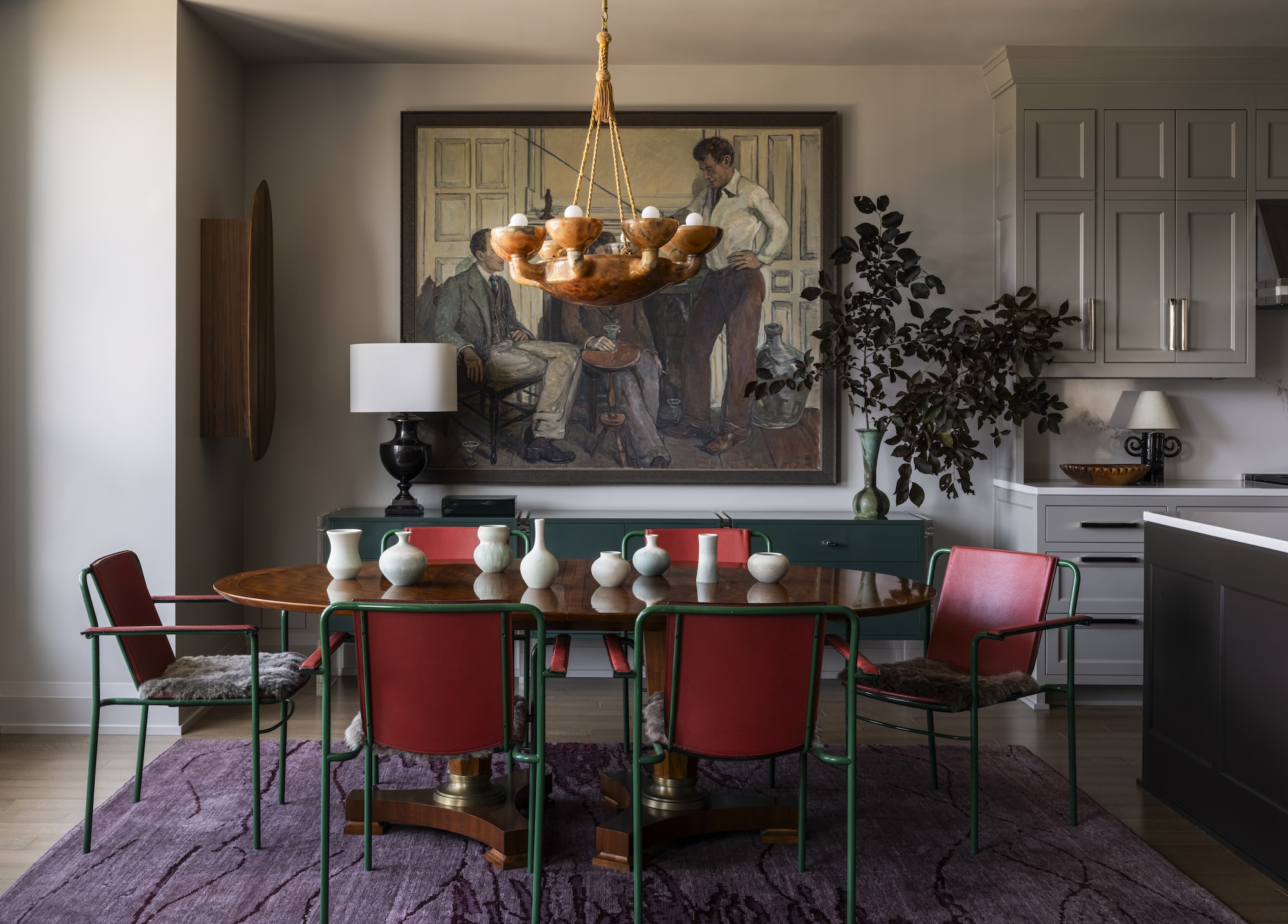 Should your home have a patron goddess? This dramatic Minneapolis apartment does
Should your home have a patron goddess? This dramatic Minneapolis apartment doesInspired by the Celtic deity Brigid, interior designer Victoria Sass infused this Twin Cities aerie with flame-licked themes
-
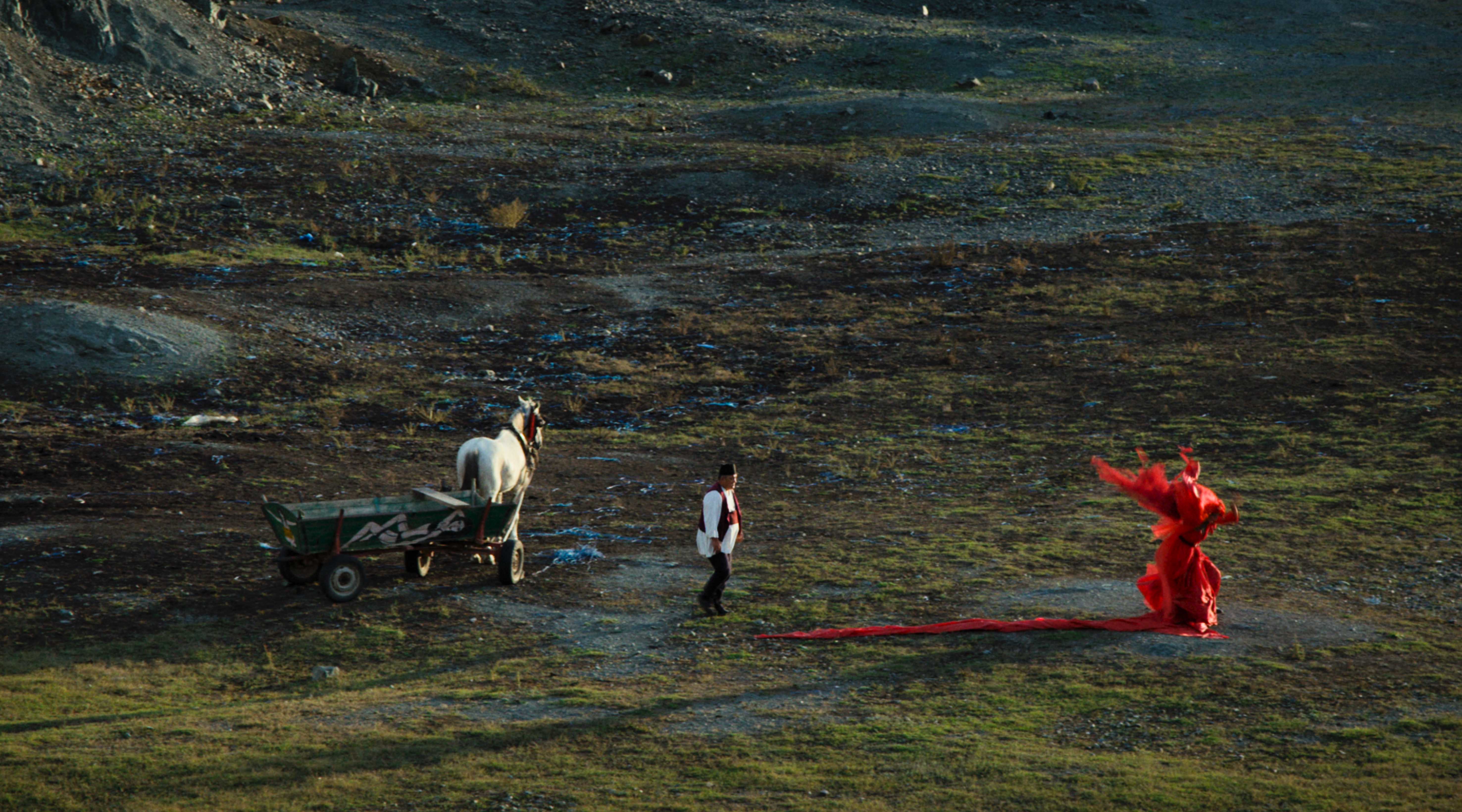 Five to watch from London’s Fashion in Film Festival, which digs deep into the natural world
Five to watch from London’s Fashion in Film Festival, which digs deep into the natural worldTitled ‘Grounded: Fashion’s Entanglement with Nature’, Fashion in Film Festival 2025 takes place across London this month (until 1 June). Here, co-curators Dal Chodha and Marketa Uhlirova pick their must-sees from the expansive programme
-
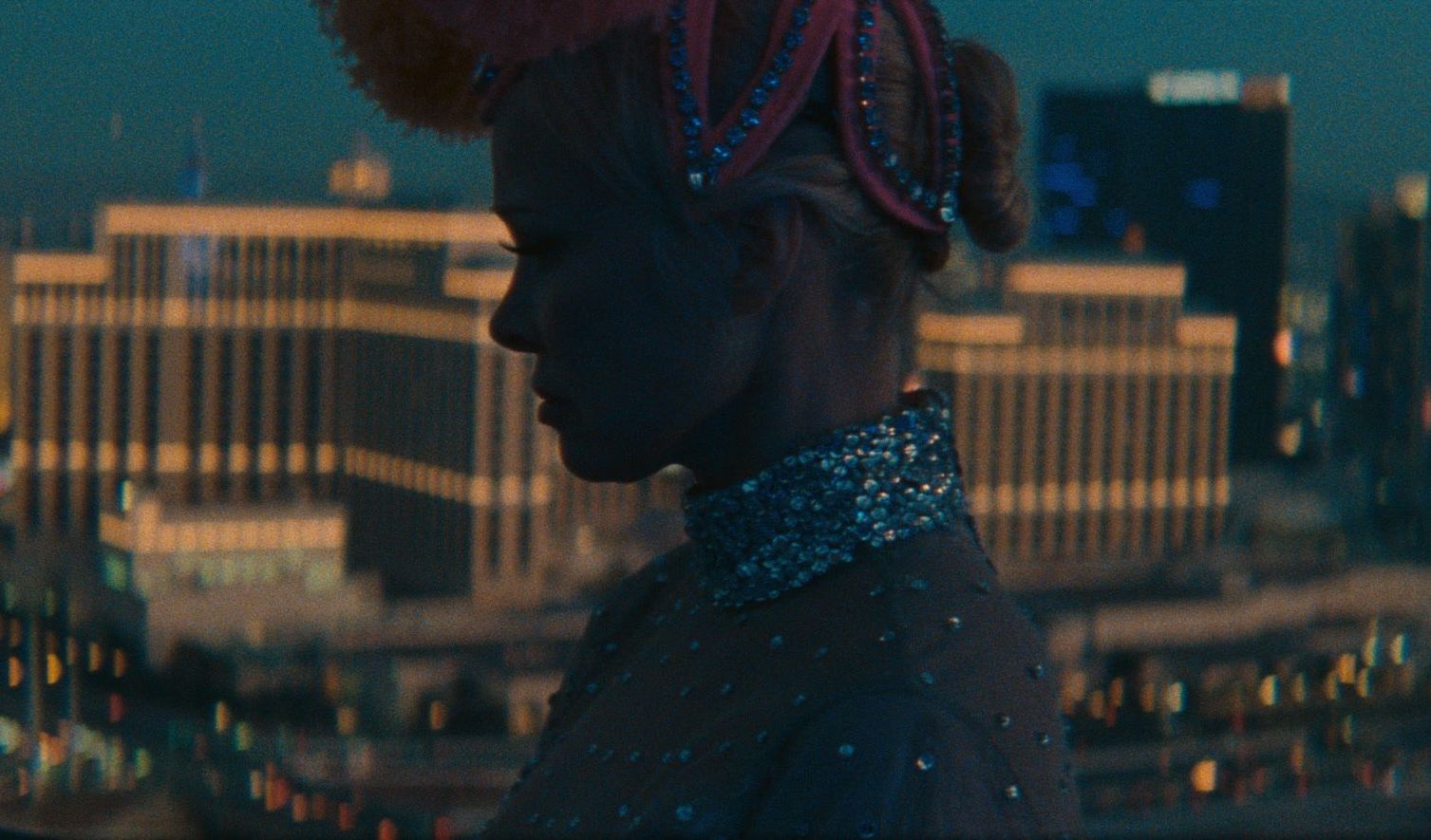 The story behind Pamela Anderson’s dazzling costumes in ‘The Last Showgirl’
The story behind Pamela Anderson’s dazzling costumes in ‘The Last Showgirl’‘The Last Showgirl’ costume designer Jacqueline Getty unpacks Pamela Anderson’s outfits in the Gia Coppola-directed movie, which are rooted in the glittering history of the Las Vegas revue
-
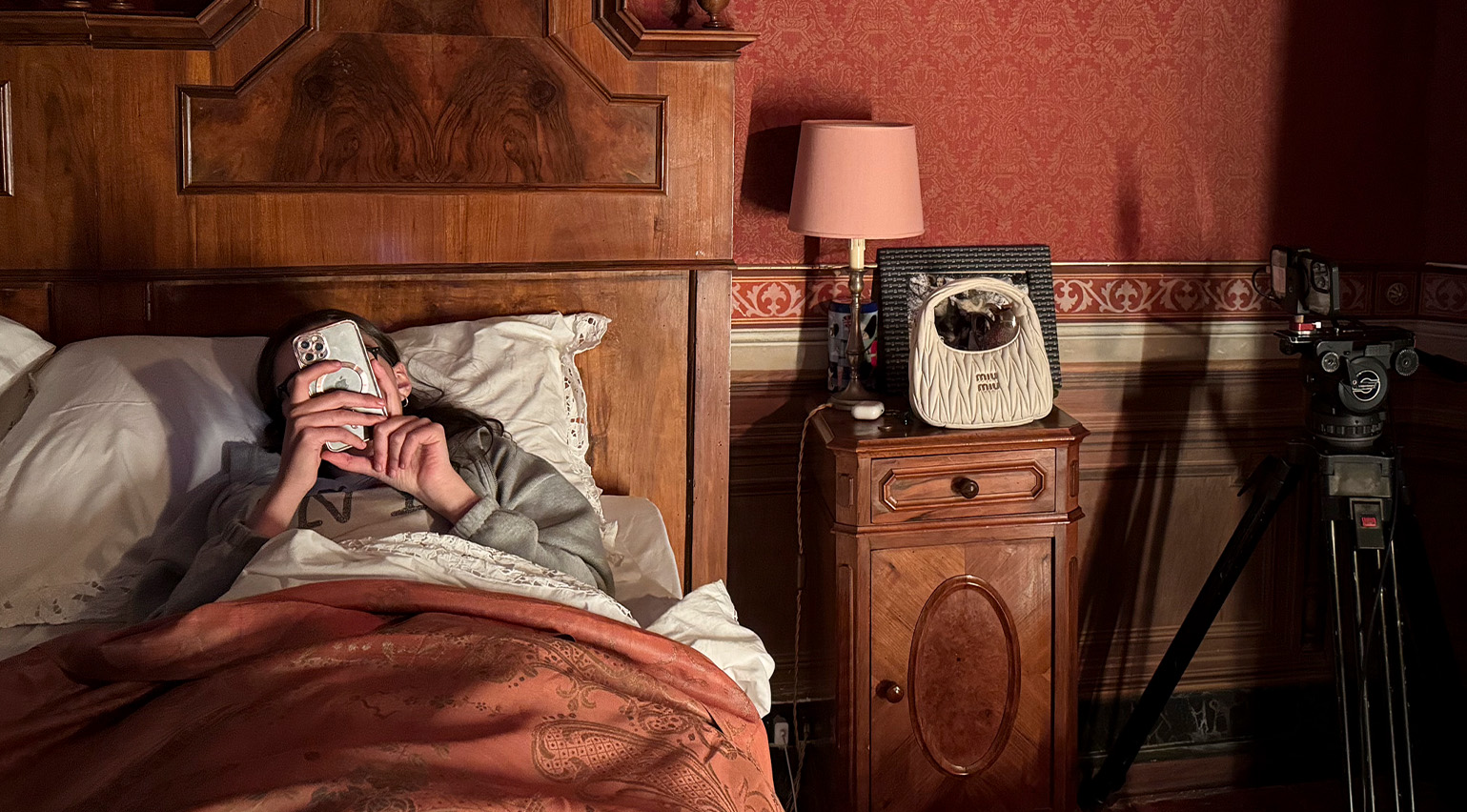 Joanna Hogg on her new film for Miu Miu and a lifelong relationship with style: ‘What we wear is very revealing’
Joanna Hogg on her new film for Miu Miu and a lifelong relationship with style: ‘What we wear is very revealing’Casting Miu Miu’s ‘Wander’ handbag in the starring role, director Joanna Hogg’s new short film is the latest chapter of the house’s Women’s Tales series. Ahead of its premiere, Simon Chilvers sits down with Hogg to find out more
-
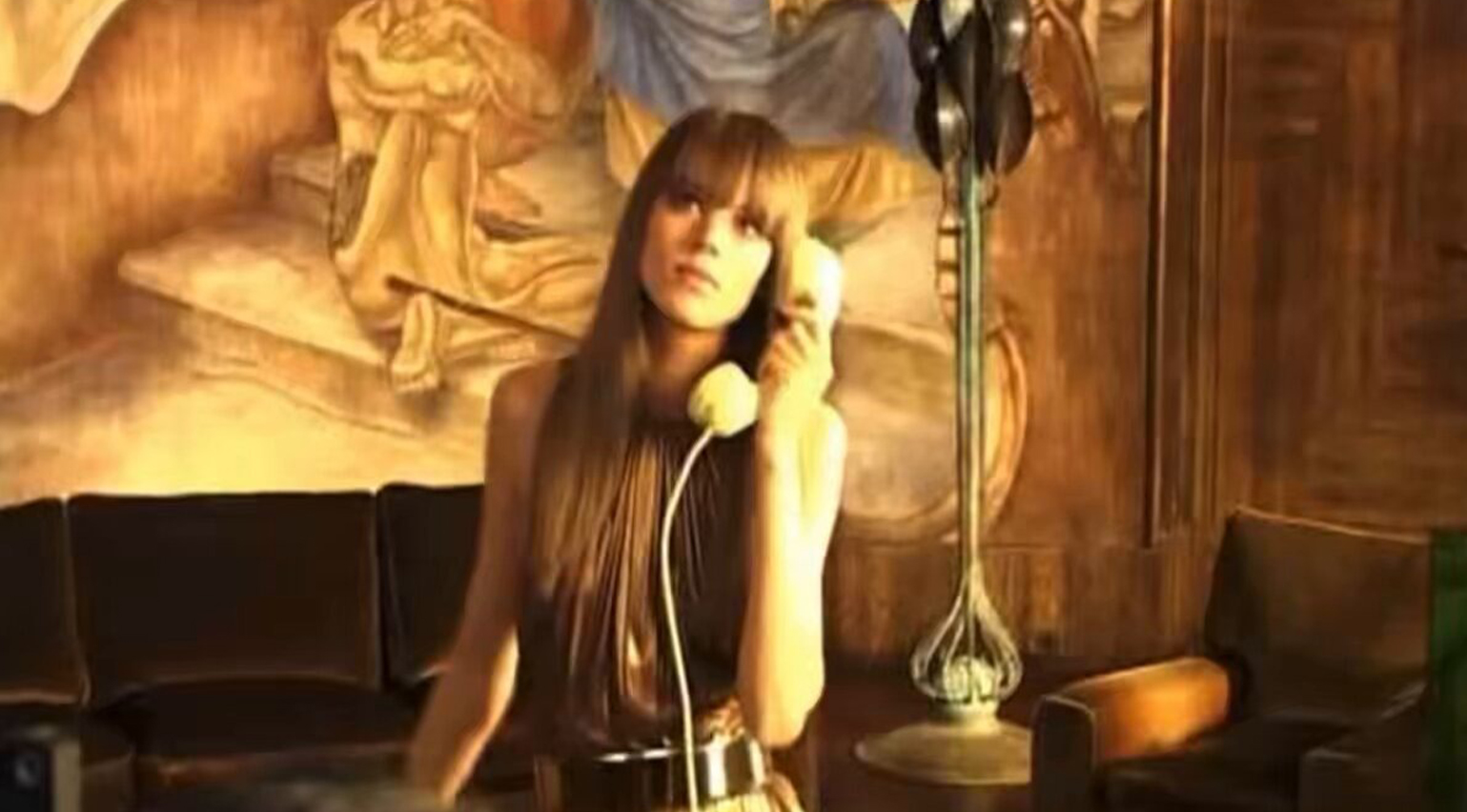 A timeline of David Lynch’s dreamlike perfume commercials, from Calvin Klein to Gucci
A timeline of David Lynch’s dreamlike perfume commercials, from Calvin Klein to GucciDavid Lynch’s perfume commercials, created over a two-decade period, saw the visionary director focus his dreamlike lens on fragrance campaigns for Calvin Klein, Giorgio Armani, Jil Sander, Gucci and more
-
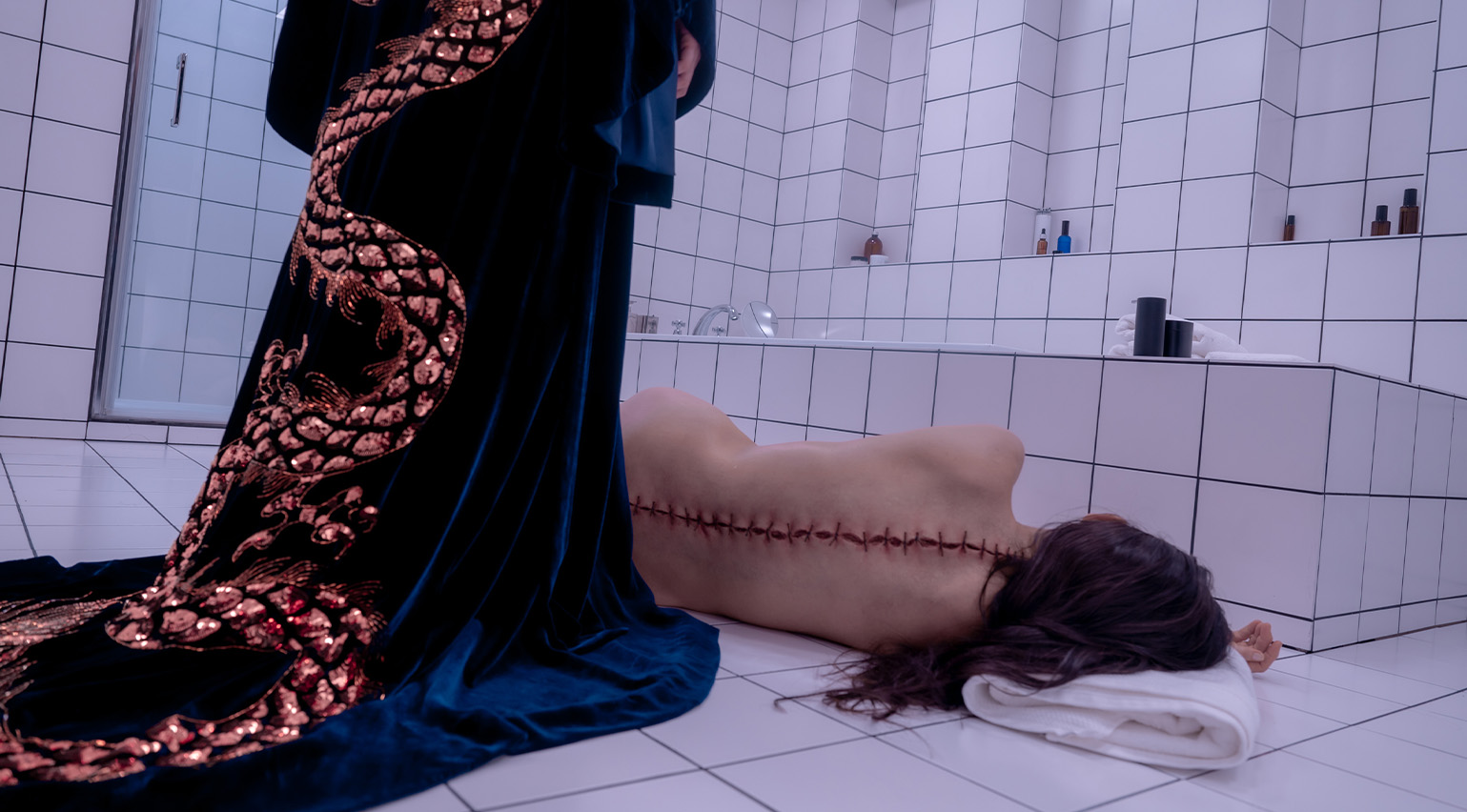 The Substance wins an Oscar for the prosthetic make-up worn by Demi Moore and Margaret Qualley
The Substance wins an Oscar for the prosthetic make-up worn by Demi Moore and Margaret QualleyThe Substance, directed by Coralie Fargeat and starring Demi Moore and Margaret Qualley, has won the 2025 Oscar for make-up and hair. Here, read Wallpaper’s interview with the film’s lead prosthetic designer Pierre-Olivier Persin
-
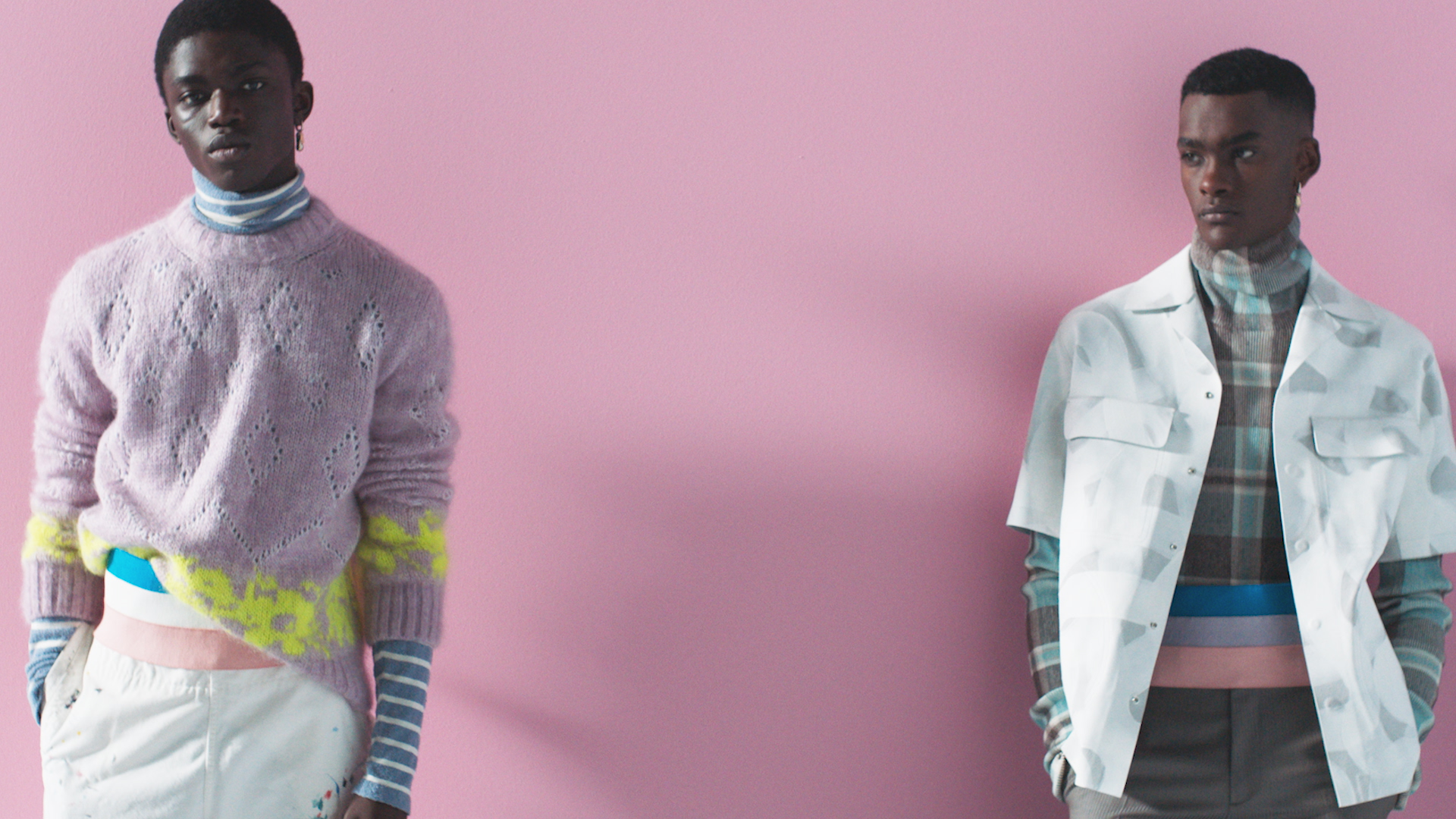 The filmic vision of Paris’ virtual men’s fashion week
The filmic vision of Paris’ virtual men’s fashion weekTake an in-depth look at the trends of Paris' fashion week for Spring/Summer 2021, where brands turned to the moving image to express their collections virtually